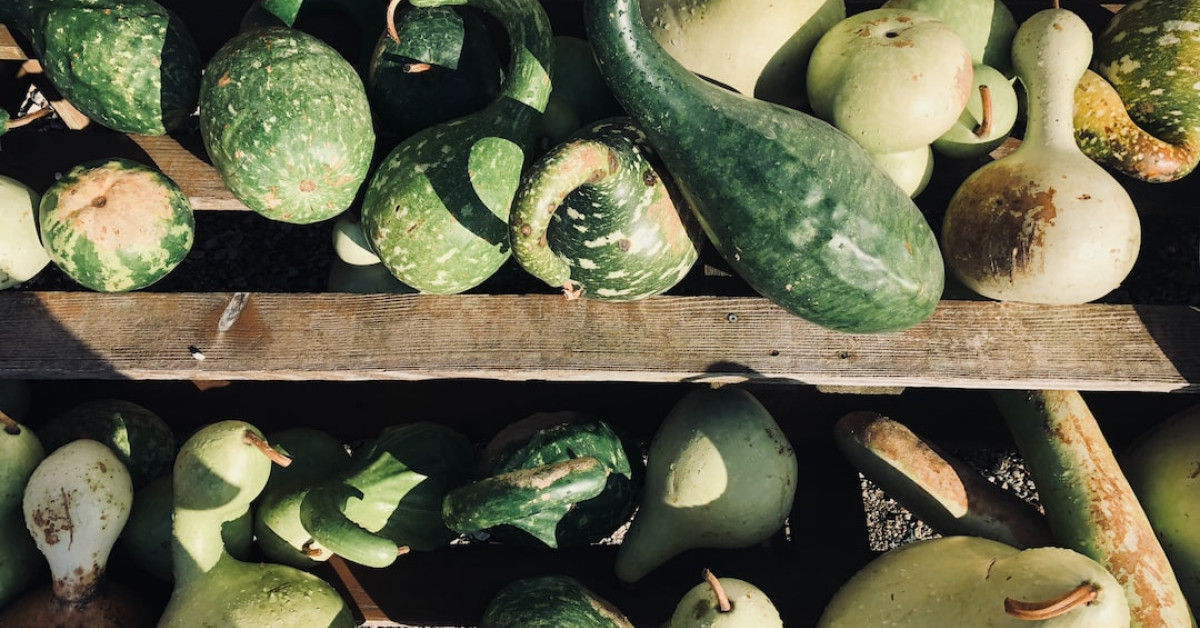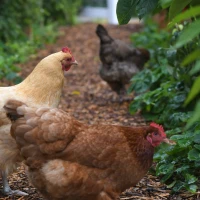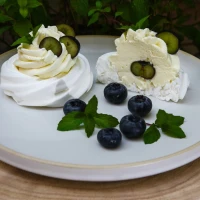The world of vegetables is vast and varied, with each addition to the culinary lexicon inspiring new flavors and techniques. Among these, the roasted honeynut squash has emerged as a sensational favorite for both novice cooks and gourmet chefs. Its natural sweetness, heightened by the roasting process, creates a flavor revelation in every bite, transforming the humble squash into a dish of exuberance and warmth.
In the labyrinth of winter vegetables craving for attention, roasted honeynut squash shines as a veritable treasure trove of taste and health. Its richness in both micronutrients and flavor profiles is unmatched—a solidarity of sustenance and taste, proving to be a textural delight in the seasonal rotation. The transformation it undergoes in the oven, where the flesh caramelizes and the edges crisp up, sets the stage for a taste experience that can only be described as gastronomically enchanting.
As we dive into the succulent world of roasted honeynut squash, we’ll explore its origins, nutritional value, versatile easy healthy recipes, and the simple yet profound joy it can bring to your table. Prepare to have your senses captivated by the roasted honeynut squash sensation—it’s more than a dish; it’s a celebration of vegetable majesty.
Origins and Discovery: The Honeynut Squash Journey
The Birth of a Squash Superstar
The honeynut squash is a recent addition to the squash family, born from the ingenuity of agricultural science. An intimate relative of the butternut squash, the honeynut was conceived as a smaller, sweeter alternative. Crossbred for perfection, this delightful vegetable was designed to fit snugly in your hand—a pint-sized powerhouse of dense, nutritious flesh enveloped by a thin, edible skin.
From Farm to Fame: A Tale of Culinary Ascendancy
Cultivated from the loins of selective breeding, the honeynut squash quickly captured the attention of chefs and food enthusiasts. Boutiques and farmers’ markets displayed these golden-hued gems with pride, as its concentrated sweetness and manageable size made it an ideal candidate for single servings and a myriad of inventive recipes.
Nutritional Nuggets: The Healthy Halo of Honeynut Squash
The roasted honeynut squash is not merely a savory delight, but it also boasts an impressive suite of health benefits. Packed to the brim with vitamins, minerals, and fiber, this vegetable offers a nutritional punch that satisfies the body’s cravings for wholesome nourishment.
A Bounty of Vitamins and Minerals
- Vitamin A: Essential for vision, immune system, and skin health.
- Vitamin C: Aids in tissue repair and immunity.
- Potassium: Important for muscle function and maintaining fluid balance.
- Fiber: Promotes digestive health and satiety.
Antioxidant Abundance: A Warrior Against Free Radicals
With its rich orange flesh indicative of beta-carotene, the honeynut squash serves as a stalwart guardian against oxidative stress. Its composition of antioxidants helps neutralize free radicals, contributing to overall wellness and reducing the risk of chronic diseases.
The Sensational Flavor Profile of Roasted Honeynut Squash
Roasting honeynut squash is an alchemy that transforms the vegetable’s intrinsic sugar content into a deep, caramelized treasure trove of taste.
Crafting the Perfect Roast
The Science of Sweetness: Unlocking Sugars Through Heat
As it roasts, the squash undergoes a mesmerizing metamorphosis—starches break down into simpler sugars, complex flavors intensify, and the flesh becomes fork-tender, ready to melt in your mouth. A crisp exterior gives way to a buttery interior, striking a harmonious balance that tantalizes the taste buds.
Seasoning Secrets: Enhancing the Inherent Flavor
Infusing the squash with herbs and spices can elevate the dish from delicious how long to let brisket rest divine. Classic pairings include thyme, sage, and cinnamon, while adventurous cooks might experiment with a touch of heat from paprika or chili.
A Feast for the Eyes: The Visual Appeal of Roasted Honeynut Squash
The rich, golden color of roasted honeynut squash is not only a feast for the palate but also for the eyes. Caramelized edges and a glistening sheen invite the eater into a sensory experience that begins with a visual allure. The simplicity of its presentation belies the depth of its flavor, making it a humble yet striking centerpiece on any plate.
Versatile Visions: The Role of Roasted Honeynut Squash in Diverse Cuisines
From soups to salads, side dishes to mains, the roasted honeynut squash dances across various culinary stages with grace. Its ability to take on spices and complement a range of ingredients makes it an adaptable star in many a gastronomic production.
Decadent Dishes and How to Craft Them
Soups: A Warm Embrace in a Bowl
Swirled into velvety soups, the squash lends its creamy texture and sweet notes, pairing wonderfully with hints of ginger or nutmeg. A dollop of crème fraîche and a sprinkle of roasted seeds can add a luxurious finish to each serving.
Salads: A Vibrant Addition to Greens
Tossed in salads, the squash’s roasted sweetness provides a contrast to bitter greens and sharp vinaigrettes. Complement it with toasted nuts, dried cranberries, and goat cheese for a salad that’s a symphony of textures and flavors.
Roasting Techniques: The Key to Unleashing Flavor
The Temperature Tango: Finding the Sweet Spot
Roasting honeynut squash is a delicate balance—a dance of temperature and time. Typically, a 400°F oven creates the perfect environment for the sugars to caramelize without burning, while a slower roast at a lower temperature can concentrate the sweetness even further.
Timing is Everything: The Path to Perfection
Depending on the size of the cut, roasted honeynut squash can take anywhere from 30 to 40 minutes until it’s done. The squash should be tender enough to pierce easily with a fork, but not so soft that it loses its structure.
The Sustainability Story: Honeynut Squash and Environmental Impact
As consumers become more cognizant of their food sources and ecological footprints, the honeynut squash signifies hope. Its small size requires less space and resources to grow, making it a sustainable choice for both backyard gardeners and commercial farms alike.
A Low-Carbon Culinary Champion
Smaller Size, Smaller Impact: The Efficiency of Honeynut Squash
The honeynut’s diminutive stature means it can be grown in higher densities, leading to more efficient land use. Moreover, because of its concentrated flavor, a little goes a long way in recipes, reducing waste and maximizing the potential of each squash.
The Social Sensation: Honeynut Squash in the Digital Age
In a world where food trends can skyrocket to fame overnight, the roasted honeynut squash has taken social media by storm. Instagram feeds are awash with vibrant images of this amber delight, while Pinterest boards brim with recipe ideas to inspire the home chef.
Influencers and Celebrated Chefs: Roasted Honeynut Squash Takes Center Stage
Viral Recipes and Captivating Content
Whether it’s a simple roast adorned with herbs or an intricate dish woven into a holiday feast, the honeynut squash has proven its mettle time and again. Food bloggers revel in its photogenic qualities, crafting posts that highlight its visual appeal and versatility in the kitchen.
Conclusion: Roasted Honeynut Squash—a Vegetable Virtuoso
The roasted honeynut squash sensation stands as a testament to the power of simple ingredients elevated by passion and skill.
A Flavor and Health Odyssey Awaiting Discovery
As we partake in each caramelized, savory bite, let us not forget the journey this vegetable has undergone—from experimental crops to farmers’ markets, to glowing ovens, and finally, to our plates. With its cavalcade of health benefits wrapped in a robust flavor profile, the roasted honeynut squash deserves its standing ovation in the vegetable pantheon.
Embrace the Squash: An Invitation to Adventure
So, embark on a culinary exploration with the roasted honeynut squash—a flavor revelation that promises to enchant with every forkful. Whether you’re a seasoned chef or a curious foodie, let the honeynut squash transform your table into a landscape of taste, color, and nourishment. After all, it’s not just a dish; it’s an experience—a sensation that once savored, becomes a beloved culinary moment, recalled with warmth and relished with nostalgia.










